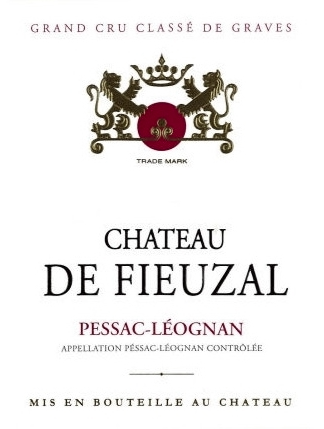
Château de Fieuzal
124 avenue de Mont de Marsan
33850 Léognan
Tél. +33 (0)5 56 64 77 86
The estate, located in the heart of the Graves region, the historic birthplace of Bordeaux wines, dates back to the 12th century with the Fieuzal family, which remained in the family until the death of Lovely Fieuzal in 1851. After changing hands many times, until the Ricard family obtained Cru Classé de Graves status for the château in 1953, recognizing the intrinsic quality of its red and white wines, which are among the best in the appellation. Since 2001, a passionate Irish couple, Brenda and Locklann Quinn, have owned the estate. The vineyard and infrastructure have undergone a profound transformation, with the aim of achieving even greater wine perfection.
The history of Château Fieuzal dates back to the 16th century. At that time, it belonged to the Gardères family, who gave it their name, but only for a short time. The estate changed hands with the arrival of the Fieuzal family in the 17th century. The Fieuzal family kept the estate until 1851, when they put their name on the château, a name that would henceforth remain firmly anchored in the château's family name. On the death of the last descendant of this family branch, the estate languished before being bought by a Bordeaux family, the Ricards. The Ricards already own a number of well-known estates in the Graves region, including Château Malartic-Lagravière and Domaine de Chevalier, both in the heart of Léognan. The Ricard family ran Château de Fieuzal until 1974. With the Ricard family, the château achieved the rank of Cru Classé de Graves in the 1959 classification of Graves wines. Then, at the end of 1973, it was sold to Georges Nègrevergne, a pharmacist from Bordeaux, who took advantage of the opportunity to double the surface area of vines and renovate the cellars, but whose efforts to maintain the quality of the wines, first in white and then in red, were in vain, as the wines lost their former superb quality. He in turn sold the château to Banque Populaire in 1994. The bank joined forces with Château Haut-Gardère to reconstitute the original 75-hectare parcel. However, the cru once again fell on hard times and a period of decline, before being revived, or reborn from the ashes, in 2001.
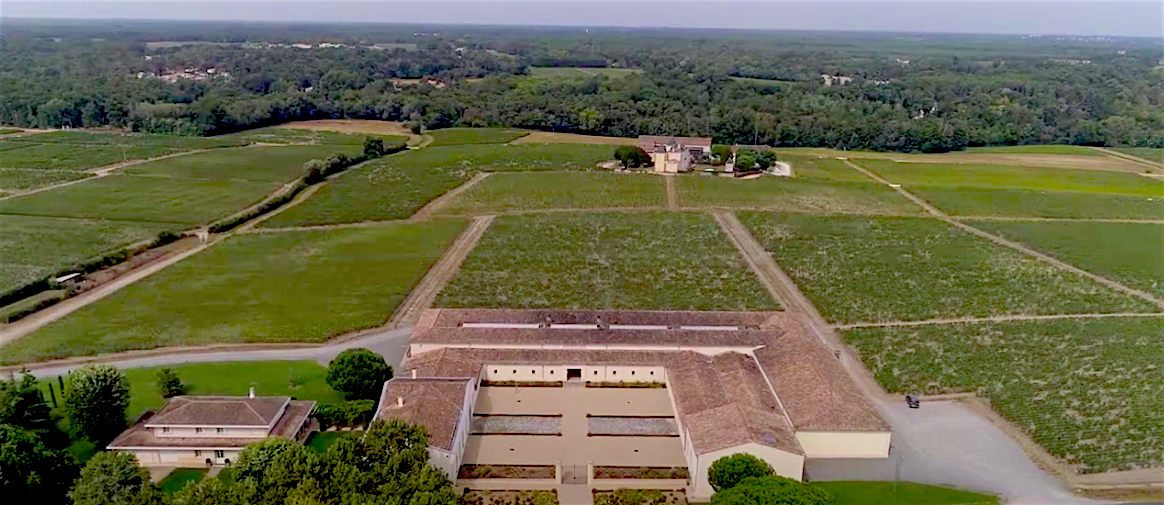
In October 2001, an Irish couple, Brenda and Lochlann Quinn, bought Château de Fieuzal. These two great enthusiasts of French wines - billionaires and passionate collectors of paintings and works of art (they are Chairman of Dublin's National Gallery), owners of the Merrion Hotel, one of the Irish capital's most refined palaces (5 stars for the Georgian-architecture establishment, 2 Michelin macaroons for Patrick Guilbaud, the restaurant's chef) - quickly set out to perpetuate the estate's rather singular character, with the firm intention of rescuing the estate whose wines, which had become too irregular in quality, were beginning to decline. Shortly after settling in, Lochlann Quinn decided to hire a new manager in 2007 to take his acquisition to new heights. Stephen Carrier, from Champagne, was initially chosen to take charge of technical management and vinification. He had already proven himself at Château Lynch-Bages, a 5th Grand Cru Classé de 1855 in Pauillac, as well as in California's Napa Valley. His considerable experience was soon put to good use in restoring the brilliance of Château de Fieuzal's wines. He will be assisted by consultant oenologist Hubert de Boüard de Laforest, owner of the Premier Grand Cru Classé A, Château Angélus in Saint-Emilion. Under the leadership of the Quinns, the teams will be able to work in better conditions in the vineyard, vat room and cellar, thanks to major investments in these key areas. In 2011, new work will transform the vat room and the cellar, creating a modern but unostentatious cellar, combining wood, concrete and stainless steel to optimize each vintage and each grape variety according to their intrinsic qualities. As for the vines, in 2015 the château will complete its 15-hectare replanting program, which began in 2007. All these efforts have finally paid off, with the once-renowned red and white wines regaining their sparkle and precision, not without a welcome touch of modernity.
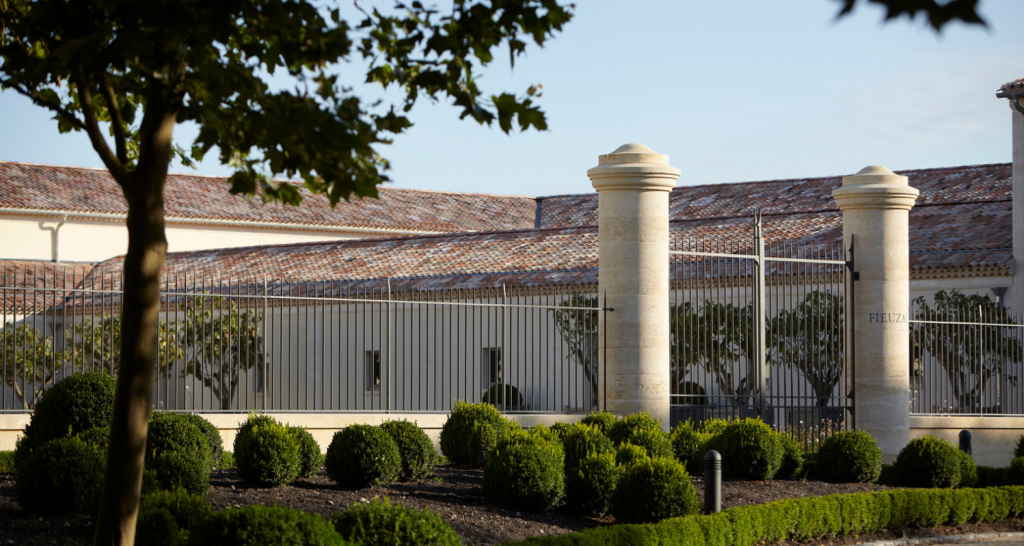
Just outside the village of Léognan, on the route des châteaux des Graves, Château de Fieuzal's 80-hectare vineyard is located in the heart of the Graves region, the historic cradle of Bordeaux wines. Its parcels are planted on a unique gravelly hillside, the geological complexity of which is the result of the complex geological movements of the Garonne River. Cabernet Sauvignon, Merlot, Cabernet Franc and Petit Verdot are naturally grown here for the reds, and on 10 separate hectares, Sauvignon, Semillon and Muscadelle are used to produce the dry white wines for which the château has a legendary reputation, but which declined in the 1990s. To understand the depth and complexity of these wines, we need to go back to the profile of the terroir and the average age of the vines. Here, the vines are over thirty years old, allowing the grapes to bring out all the geological nuances in the wines. The soil is rather thin (a basic principle for producing grapes with controlled vigor and great wines), composed of white gravel. It's worth noting that the quality of this estate, along with 16 other prestigious properties, was included in the classification of Graves Crus Classés introduced in 1959. In fact, the estate was selected as a Cru Classé for both its white and red wines, whereas some were selected for only one of the two colors (red). It has to be said that De Fieuzal had long been a benchmark for its dry white wines, before losing its superb reputation in the 90s. But fortunately, the takeover by Lochlann Quinn (in 2001) reversed all that with vintages from 2010 onwards.
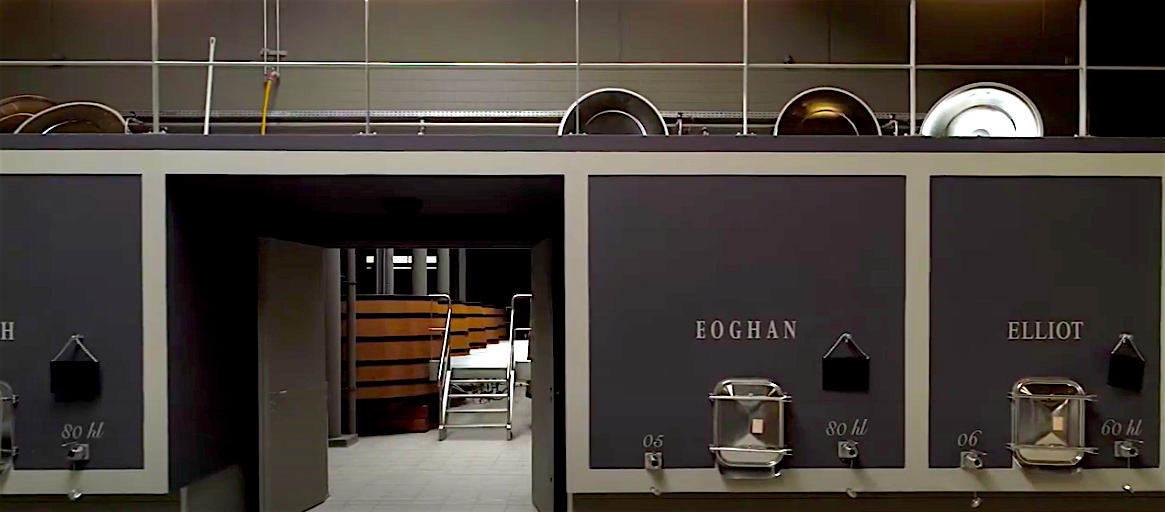
From the mid-1980s to the present day, the Bordeaux region has witnessed a new phenomenon that has almost become a fashion: architectural demonstrations, each more daring and beautiful than the last, and very often signed by internationally renowned architects. Ricardo Bofill and his splendid circular winery built in 1987 at Château Lafite-Rotshchild in Pauillac, Mario Botta at Château Faugères in Saint-Emilion, Jean-Michel Wilmotte at Château Ducru-Beaucaillou in Saint-Julien and Cos d'Estournel in Saint-Estèphe, and Christian de Portzamparc at Cheval Blanc in Saint-Emilion. But what about Lochlann Quinn's desire to build a new vat room and cellar? Has he allowed himself to be seduced by this architectural race in the Bordeaux region with a world-famous architect? Not at all! De Fieuzal is obviously eligible for this kind of expenditure, but not to shine or to compete with other châteaux for the most modern and beautiful vat room and cellar. So, when it came to taking action, in 2011 the estate opted for a new vat room and a new cellar that were sober, efficient, practical and not overly grandiloquent. Stephen Carrier succeeded in convincing the owners of the urgent need to improve the quality of the wines, and obtained the go-ahead from the owners on condition that the château's architecture remained unchanged, completely respected and therefore preserved. No ostentation for the Quinn billionaires! Stephen Carrier turned to a Bordeaux architect: Philippe Ducos. The idea was to rethink the infrastructure as a gravity-fed system, so as not to traumatize the grapes, the grape juice (must) and the wine during the maturing process. In other words, goodbye pumps, long live natural gravity! A great principle that is far from widespread in the Bordeaux region and its multitude of châteaux, except among the great châteaux with the means to achieve this kind of ambition. Located at a depth of 8 meters, the first level houses 37 stainless steel vats, 16 concrete vats and 10 wooden vats, enabling comparative vinification tests to be carried out according to the type of container. But it also allows them all to be used together in absolute harmony. With a totally rethought vinification circuit, harvest management and batch vinification play to the strengths of parcel-based management, since each parcel can be vinified separately. On the upper floor, an elegant and above all practical circular barrel cellar, itself enclosed by two other symmetrical cellars. In the end, these new infrastructures have enabled the first wine to rise from 45% to 60% of total production. But more than that, the wines have come out of it all the better for having acquired an extra notch in terms of quality. And that's what really counts.
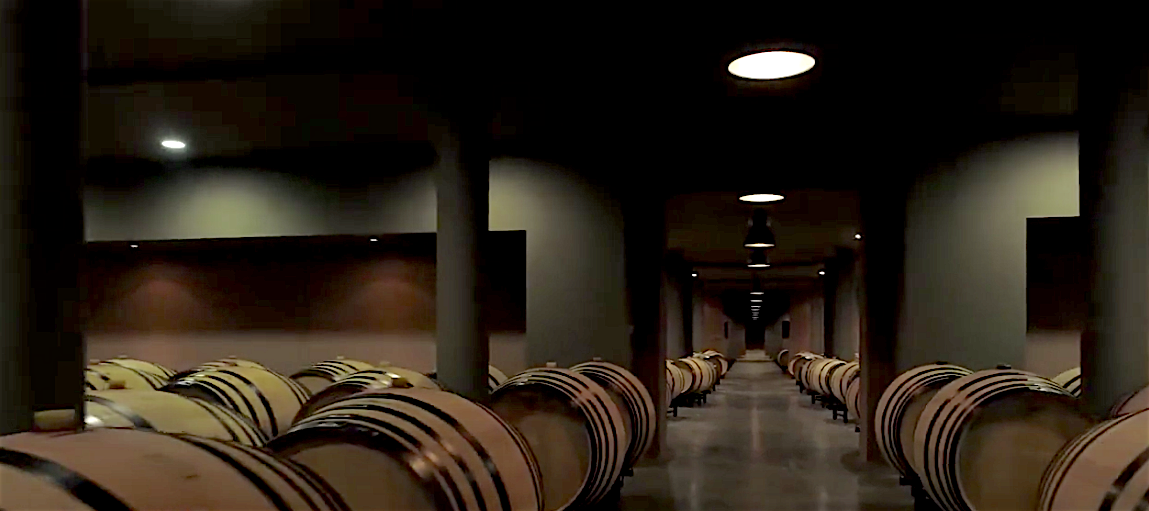
Thanks to the huge investments made since 2001 by the owners and the efforts made by the teams under Stephen Carrier's leadership, the wines of this Graves Grand Cru Classé have returned to their level of excellence since 2010, both for the once highly reputed white wines and for the reds, which have gained in fruitiness, depth and smoothness. The whites have good density on the palate, with volume, fatness (a little Burgundian-style) and a nice liveliness (freshness) ensuring their balance. The reds have become more elegant on the palate, with soft, silky tannins. The estate produces both white and red wines: its Grand Vin, Château de Fieuzal, and a second wine, l'Abeille de Fieuzal.

2020 is an exceptional vintage. Château de Fieuzal 2020 blends 30% Cabernet Sauvignon, 65% Merlot and 5% Petit Verdot. A beautiful garnet-red color with ruby highlights, the wine's bouquet is characterized by black fruit aromas (blackcurrant, blackberry, blueberry), followed by refreshing red fruits such as raspberry, mixed with floral and spicy notes. Dense and taut on the palate, with a lovely nervous attack and a delicate, silky tannic structure, followed by a full-bodied mid-palate. Notes of cocoa powder and refreshing licorice round off the wine, which finishes with good length, suggesting good cellaring potential. A great classic, yet not lacking in modernity.
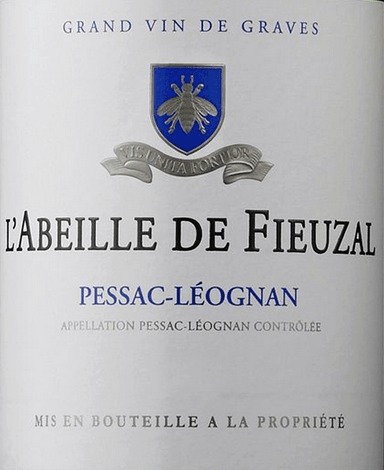
With 60% Sauvignon and 40% Sémillon, this second wine, in its dry white version, is extremely fresh. Aged 12 months in barrels, the wine offers floral notes (white flowers such as lime blossom), white-fleshed fruit (pear, nectarine) and lemon zest. On the palate, the wine is taut and unctuous, and benefits from good acid support, giving freshness and balance to the whole. The finish is fruity and delicious. A lovely second wine in a dry white with perfectly ripe grapes.
Red wine: 1949-1953-1955-1959-1961-1970-1975-1978-1981-1982-1983-1985-1986-1988-1989-1990-2003-2005-2009-2010-2015-2016-2018-2019-2020-2022-2023
Dry white wine: 1983-1985-1987-1989-1990-1993-1997-1999-2001-2004-2005-2007-2009-2011-2013-2015-2017-2019-2021-2023

Website under construction
Available Soon